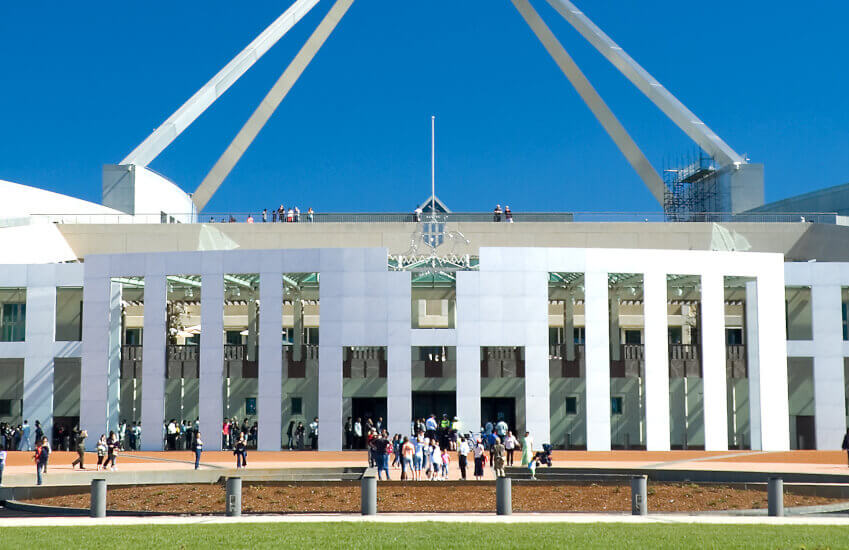Labor’s SMSF borrowing ban to make ‘little difference’
Given the exodus of major lenders from the SMSF loans space and further changes to LRBAs before Parliament, Labor’s plans to ban borrowing in SMSFs will have limited impact, says a technical expert.
As part of its plan for housing affordability, Labor announced in April 2017 that it would restore the general ban on direct borrowing by superannuation funds, as recommended by the 2014 Financial Systems Inquiry.
Labor has made it clear that it will be proceeding with the policy, with Shadow Treasurer Chris Bowen recently accusing Treasurer Josh Frydenberg of ignoring regulator concerns about SMSF borrowing.
“The tax office joins other regulators and the government’s own Financial Systems Inquiry, warning SMSF borrowing is a big risk for the Australian economy. And yet Josh Frydenberg refuses to act. Nothing short of reckless negligence,” Mr Bowen said in a Twitter post last week.
However, BDO partner, superannuation, Mark Wilkinson said that Labor’s policy is “not going to make an enormous difference” to the type of planning that most SMSF members would enter into, given the many obstacles already facing LRBA strategies.
Last year saw all of the major banks withdraw their SMSF loan products for residential properties, which means there are now fewer lenders operating in the space. There has also been a substantial tightening in lending policies among those lenders that do remain in the space.
In addition, Mr Wilkinson said that there is also a bill before the Senate to include the outstanding balance of certain limited recourse borrowing arrangements (LRBAs) in the calculation of a member’s total superannuation balance.
While originally this measure was intended to apply to all LRBAs, the government amended the measure when it introduced the bill in May so that it would only apply to members who have satisfied a condition of release with a nil cashing restriction or those with a related party loan.
Although the amendment was welcomed by the industry, the increased tightening in the SMSF loans space and exodus of major lenders have increased reliance on related party loans by SMSFs in recent months, meaning the TSB measure will now impact a much larger proportion of loans.
The new rules, once passed by the Senate, will make the repayment of related party loans very difficult in some cases, given the restriction on making non-concessional contributions where a member balance is above $1.6 million.
“The type of property that you are going to be able to borrow for in a fund is going to have to be fairly small in comparison to the types of investments that may have been made in the past,” Mr Wilkinson said.
“I don’t think [a ban on SMSF borrowing] is going to make any difference to house prices, but I also don’t think that very many people would have been advised to actually borrow within SMSFs given the current legislative environment anyway. So, I don’t think it’s going to make a huge difference to what most members do.
“I think you’d need to have some pretty compelling personal reasons to borrow inside an SMSF. You would almost invariably say that you’ve got more flexibility in doing it personally.”

Miranda Brownlee
Miranda Brownlee is the deputy editor of SMSF Adviser, which is the leading source of news, strategy and educational content for professionals working in the SMSF sector.
Since joining the team in 2014, Miranda has been responsible for breaking some of the biggest superannuation stories in Australia, and has reported extensively on technical strategy and legislative updates.
Miranda also has broad business and financial services reporting experience, having written for titles including Investor Daily, ifa and Accountants Daily.








